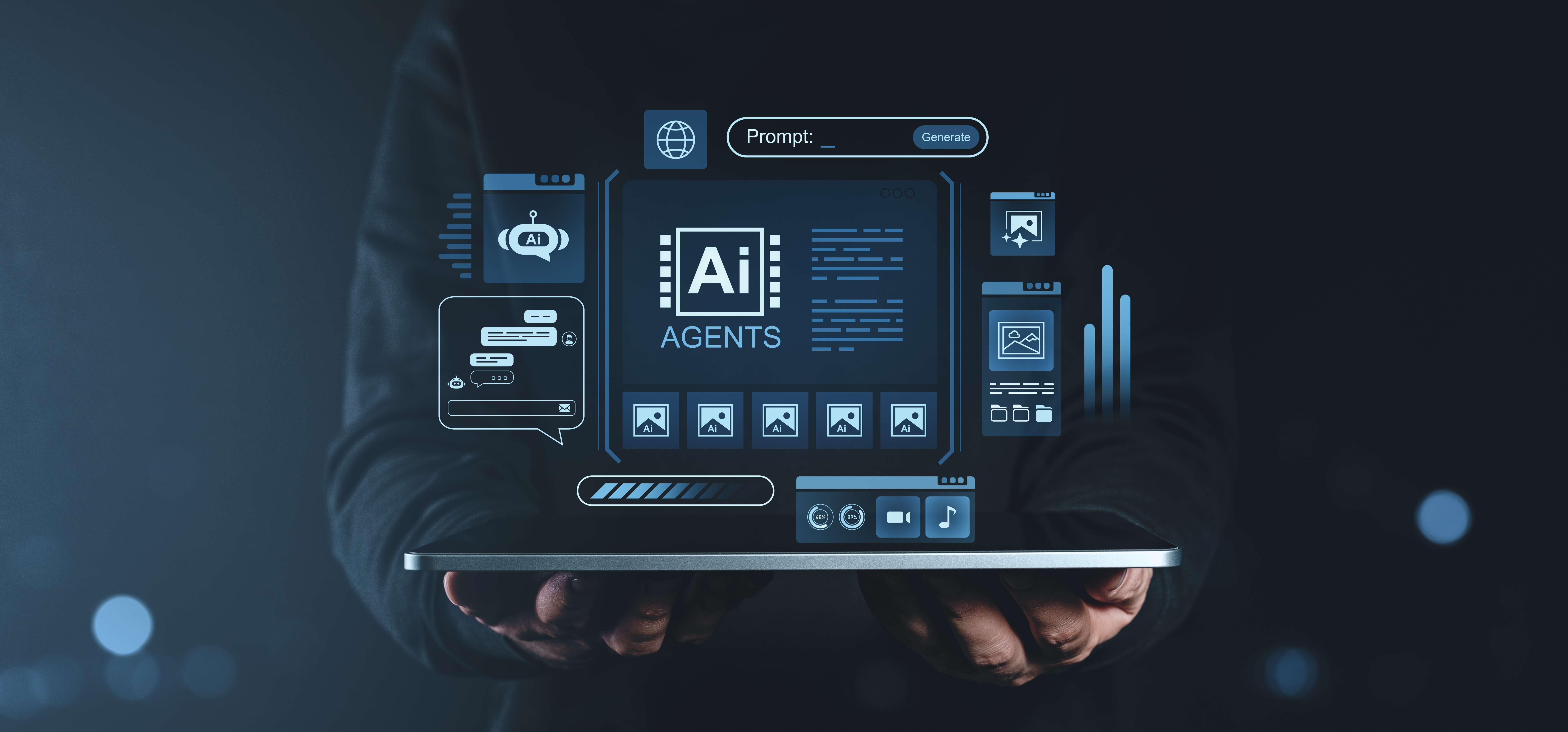Artificial intelligence is now firmly part of the software development process. From AI development tools that whip up code suggestions to automated testing frameworks that never sleep, teams are bringing AI into their workflows at lightning speed. But here’s the catch: faster delivery doesn’t mean better delivery. Think of it like adding a turbocharger to your car — thrilling, but you’d still want reliable brakes. Quality standards are those brakes.

AI-powered tools can act like the diligent intern you always wished for — spotting bugs, suggesting cleaner code, and running automated tests without complaining about coffee breaks. Integrated into continuous integration pipelines, they catch regressions early and help keep code changes consistent. When guided properly, AI makes the software development lifecycle smoother and less error-prone.
Of course, interns sometimes make mistakes — and so does AI. Left unchecked, it might hallucinate functions, overlook edge cases, or accidentally open the door to security vulnerabilities. Blindly trusting AI outputs is like letting the intern ship code straight to production on their first day. Spoiler: don’t do that.
Maintaining Quality Standards
The key is balance - one of FONSEKA’s key values - AI integration should enhance established governance, not replace it. Human-in-the-loop reviews ensure critical code meets standards. AI-integrated development workflows often incorporate expanded automated tests to compliment alongside AI-generated code to confirm accuracy. Clear communication between team members is essential so everyone understands when and how AI-driven decisions are applied.
By embedding AI into the quality assurance process — not around it — development teams can uphold robust standards.
Best Practices
- Define rules for where AI dev tools can and cannot be used.
- Use AI to strengthen automated testing within continuous integration pipelines.
- Track metrics like defect rates, code coverage, and deployment frequency.
- Train teams to evaluate, not blindly accept, AI suggestions.
Industry Insights
Research backs this approach. The Google DORA Report 2025 highlights that high-performing teams use automation and AI in tandem with disciplined processes. Industry voices from Forbes and The New Stack also stress that AI is most effective when paired with strong human oversight.
AI-integrated development workflows are here to stay — and that’s exciting. But remember, even the best AI-powered tools need quality guardrails. Treat AI as the turbo boost, not the steering wheel. Do that, and you’ll deliver software that’s not just faster, but also safer, sturdier, and smarter.
